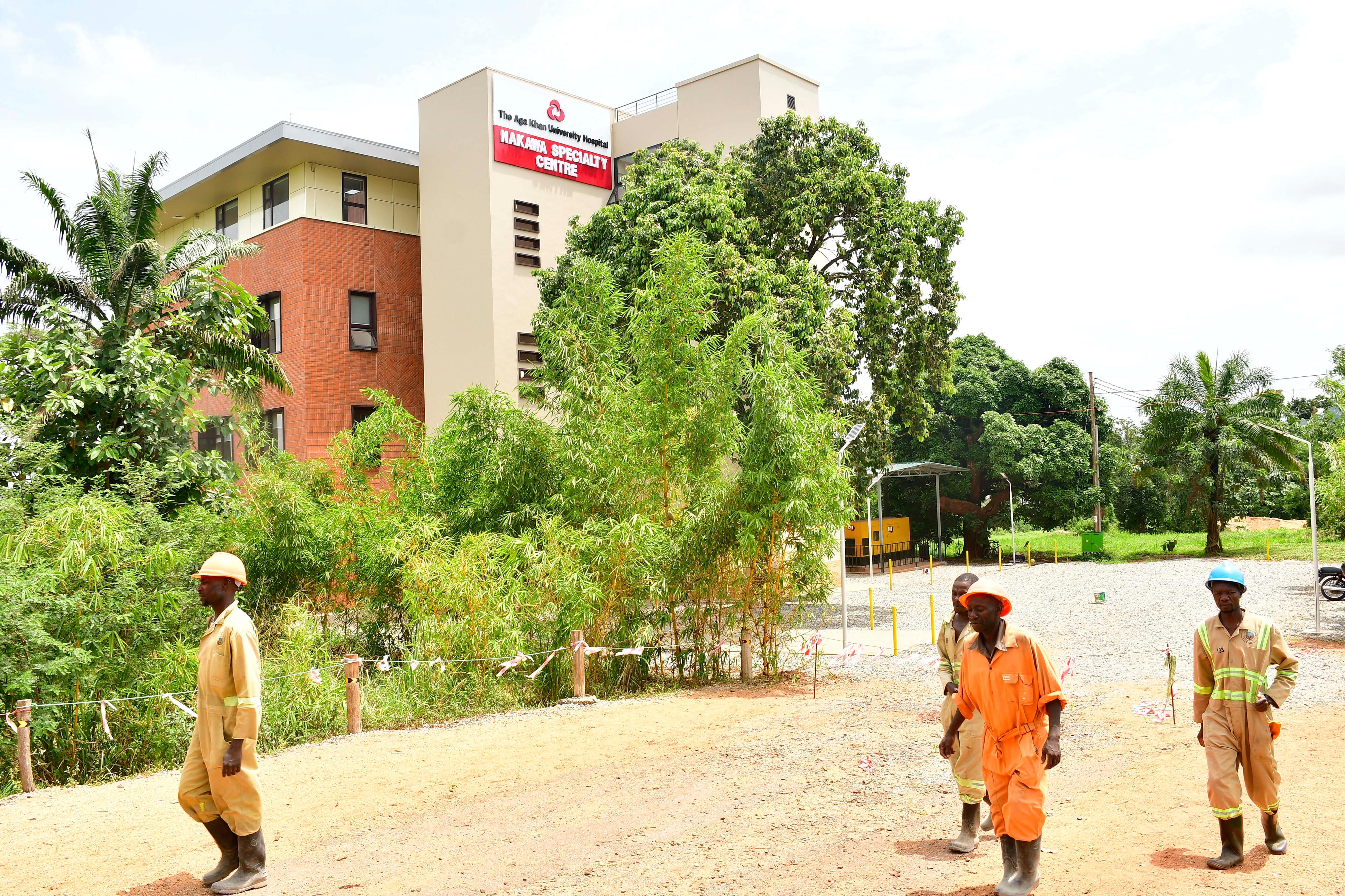Cabinet approves revival of Uganda Airlines
KAMPALA.
Cabinet on Wednesday approved a proposal to get the Uganda Airlines project off the ground, but specifically with a key aspect to get on board a transactional adviser to guide the process and continue to evaluate the project’s operational framework.
State minister for Works Aggrey Bagiire, who is at the heart of the project, told Sunday Monitor that since the political leadership has already pronounced itself on the reasons why Uganda is reviving a national carrier, a fact which is listed in the Second National Development Plan (NDPII), last week’s approval was expected.
“Whether we need a national carrier or not is no longer a debate,” Mr Bagiire said. “It is true the matter came up in Cabinet but it would be treasonable for me to discuss what was discussed,” he added.
The transactional advisor will also look into how the new national carrier would run and other key variables that were said to be considered in the conception of the project.
Although the revival plan also includes specific timelines, sources familiar with the matter told Sunday Monitor that the national carrier is not about to fly any time soon as had been hoped owing to financial setbacks and other structural challenges.
Uganda used to have a national airline, established in May 1976 under the Idi Amin government. However, Uganda Airlines was liquated in 2001 over heavy debts that stood at a tune of more than $6 million (about Shs21 billion at today’s exchange rates). The liquidation, a painful reality, did not settle in well with a number of stakeholders, who blamed the government for deliberately killing the airline.
During his inaugural address to Cabinet last year, President Museveni said the lack of a national airline is “a big shame,” criticising Kenyan, Ethiopia and South African “brothers” for ditching the comradeship and instead opting to exploit Ugandans.
National airlines of those countries which fly through Uganda were accused of charging exorbitant ticket prices for routes as near as Nairobi, which is just over an hour out of Entebbe International Airport, among others.
In an apparent U-turn, the President, without shouldering any responsibility for Uganda Airlines’ collapse, told his new ministers amidst cheers that “in these five years, Uganda will encourage the setting up of a national airline.”
The National Planning Authority, which, together with ministry of Works, is spearheading the project, had last year indicated that the initial capital expenditure required to fly Uganda Airlines again is at $400 million (Shs1.4 trillion).
Our sources, however, say that this is a moving figure and the transactional adviser will do a more comprehensive study.
During the advanced studies, the plan is to evaluate the nearest routes the national carrier can fly, what resources are required and fully understand what it will take.
In short, the airline will be revived in a phased manner when the money is available.
The NPA report recommended that: “Government will purchase the aircraft using loan finance sourced internationally at an interest rate of 5 per cent per annum and over periods of seven to 10 years (One A330-200 is estimated to cost $109.5 million (Shs37b). Two are required, while a CRJ900 costs $27.96 million (Shs9b).”
Already, there are also two camps in government; one which sees the airline as not being an urgent priority and which can wait, and another which is suspected to be looking at “cashing in on the deal’ and want government to start by at least leasing aircrafts.
Senior ministry officials, according to sources who spoke off the record, indicated that there appears to be a split over the timing of the proposed new airline. One emerging camp in both the ministry of Finance and ministry of Works think this project should not be a priority in light of other more pressing projects such as the oil roads in midwestern Uganda and the delayed Standard Gauge Railway.




